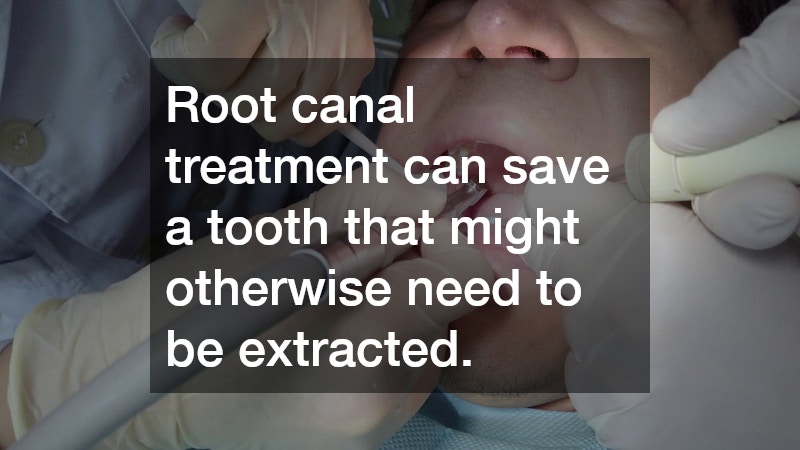How Emergency Dentists Treat Infections and Abscesses
Dental emergencies aren’t just limited to knocked-out teeth or sudden unbearable pain; they can also include serious infections and abscesses that demand immediate attention. A dental abscess, which is a pocket of pus that forms in the tooth or gums, can lead to severe implications if left untreated. The role of an emergency dentist is crucial in diagnosing and treating these conditions promptly. Infections and abscesses not only cause pain and discomfort but can also lead to systemic issues affecting overall health.
In this article, we explore how emergency dentists tackle these urgent dental problems to restore oral health and prevent further complications.
Accurate Diagnosis
The first step in treating a dental infection or abscess is an accurate and thorough diagnosis. Emergency dentists are trained to quickly assess the severity of the situation. Utilizing tools such as X-rays and other diagnostic imagery, they can determine the exact location and extent of the infection. This swift evaluation is essential as it guides the subsequent course of treatment. By identifying the root cause, whether it’s a cracked tooth, gum disease, or decay, the emergency dentist can create an effective treatment plan aimed at resolving the issue swiftly.
Effective Pain Management
Pain management is a critical component of emergency dental care, especially when dealing with infections and abscesses. These conditions often cause intense discomfort that can make day-to-day activities unbearable. Emergency dentists alleviate pain through both immediate interventions and medication. Local anesthetics may be used to numb the area temporarily, while antibiotics help in combating the infection and reducing swelling. Prescription painkillers might also be recommended to manage discomfort during the healing process. By tackling pain directly, patients can find rapid relief and a return to normalcy sooner.
Drainage of Abscesses
For dental abscesses, one of the primary treatment methods used by emergency dentists is drainage. The procedure involves making a small incision to release the accumulated pus, which alleviates pressure and pain significantly. This is typically followed by a cleaning of the infected area to remove any remaining bacteria. Draining an abscess is a critical intervention as it prevents the spread of infection to other areas of the mouth and body. The emergency dentist will ensure the procedure is performed in a sterile environment to reduce the risk of further complications.
Root Canal Treatment
In cases where the infection has reached the dental pulp, an emergency dentist may recommend a root canal. This procedure involves removing the infected pulp, cleaning the inside of the tooth, and sealing it to prevent future infection. Root canal treatment can save a tooth that might otherwise need to be extracted. Although the procedure has a reputation for being painful, advancements in dental technology have made it much more comfortable for patients. This treatment not only alleviates pain but also preserves the natural tooth structure, promoting long-term dental health.
Preventive Measures and Education
After treating an infection or abscess, emergency dentists focus on preventive care to avoid recurrence. Patients are educated on proper oral hygiene practices and warned about habits that might contribute to dental issues. They may also recommend follow-up appointments to monitor the healing process and ensure the health of adjacent teeth and gums. In some cases, they might suggest lifestyle changes, like diet modifications, to support oral health. Education is an integral part of dental care, allowing patients to take control of their health and prevent future emergencies.
Conclusion
Emergency dentists play a vital role in managing dental infections and abscesses, employing a range of strategies from diagnosis to treatment and prevention. Their expertise ensures that these conditions are addressed quickly, reducing both immediate discomfort and the risk of long-term complications. Through pain management, drainage, root canal treatments, and preventive education, emergency dentists restore smiles and health with precision and care. For anyone experiencing symptoms of a dental abscess or severe infection, seeking prompt attention from an emergency dentist is essential. Don’t wait for the pain to escalate; take action to protect your oral and overall health today.

